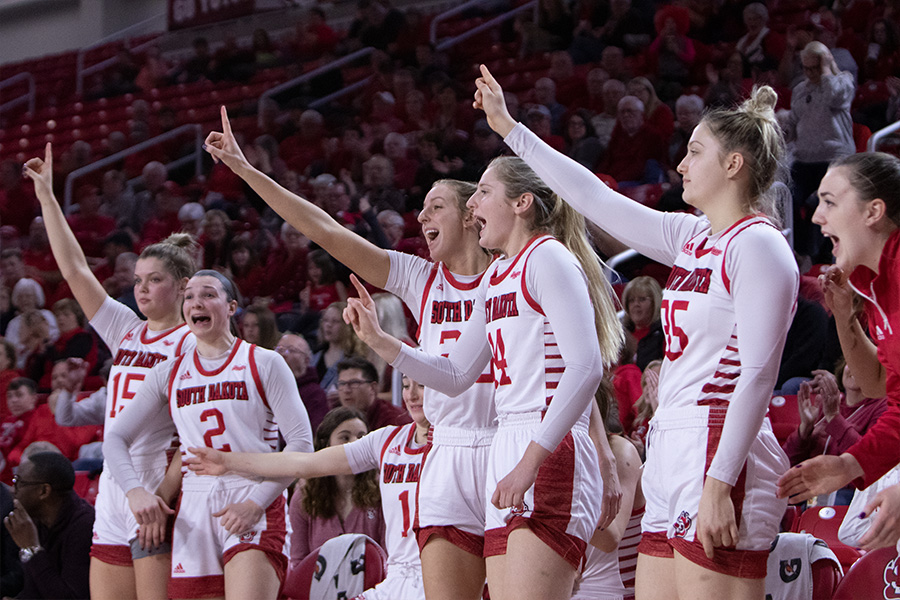Pierre Adult Learners Measure Tree To Help NASA In Project
PIERRE, S.D. (AP) — In recent weeks, adult learners from Pierre and Fort Pierre have come out to a cottonwood tree and measured it — how big the buds are, how much they’ve grown in the past week, and so forth.
These students then send their data on to NASA. That same tree is being measured from outer space, and the scientists are testing the accuracy of their equipment.
“NASA’s going to compare it to what they get from their satellites,” said Kristina Newling, a student with Pierre-based The Right Turn, Inc.
The Right Turn has partnered with the Discovery Center to participate in Global Learning and Observations to Benefit the Environment, or GLOBE. It’s an international project, enlisting students as far away as South Africa, Vietnam and Korea, said Mary Gates, executive director of The Right Turn.
“They’re taking photos of the Earth — lots and lots of photos of the Earth — and they think they know what they’re seeing. But they don’t really know what they’re seeing,” Gates told the Capital Journal ( ).
Having teams of students checking the data give NASA “ground truth,” she said.
And along the way, the students are learning.
“I’m taking a spreadsheet course online. Excel. So I’m the one who’s putting it all on the data sheets,” said Greg Kline of Pierre.
NASA requires the students to measure the information in a precise way, to make sure the information is accurate.
“We take the temperature. We measure with a ruler from the top of the bud to the bottom of the bud. And then we write if it’s dormant or swelling, or if it’s a bud burst,” Newling said. “Last time we noted that the pale green bumps on the buds were more prominent.”
Information has to be precise. The location of the cottonwood tree, for example, is not recorded as “near the intersection of Island View Drive and S. Coteau Street,” but instead as a set of coordinates.
After the measurements are done, the adult learners return to the Right Turn classroom. Each week, Anne Lewis of the Discovery Center provides an additional lesson related to what the students learned in the field — weather patterns, how the Earth’s tilt creates the seasons, and so forth.
And the students get hands-on education.
“The learning is fun and meaningful, and tangible. Because we can stay in the classroom and talk about leaves and talk about rulers,” Gates said. “But to get out in the field, looking at something that’s changing, something that’s alive, that’s growing — my hope is that each one of us, myself included, will become a more keen observer of small changes.”
Plus it gives the students practice in conducting real scientific experiments.
“There’s a lot of science learning that’s happening in this because none of us really have used the GPS equipment prior to this. None of us have had experience following an established protocol for actual science,” Gates said.
The experiment will last for three months — about how long it will take for a tree to become “fully leafed out,” Gates said.
Lewis said the exercise is part of the environmental mission of the Discovery Center.
“This fits perfectly with that, to get people outside, understanding their watersheds, water quality,” she said.
But it’s more than that. As the adult learners work together to get the information and properly record it, they’re also learning the four basic skills required in the College and Career Readiness Standards for Adult Education — communication, collaboration, critical thinking and creativity, Gates said.
On top of that, it gives the students something to be proud of.
“I love that in Pierre, South Dakota, our small group of adult ed learners can do something that truly has a meaningful impact on how something like NASA is understanding what’s happening in the whole world,” Gates said.
___
Information from: Pierre Capital Journal,

